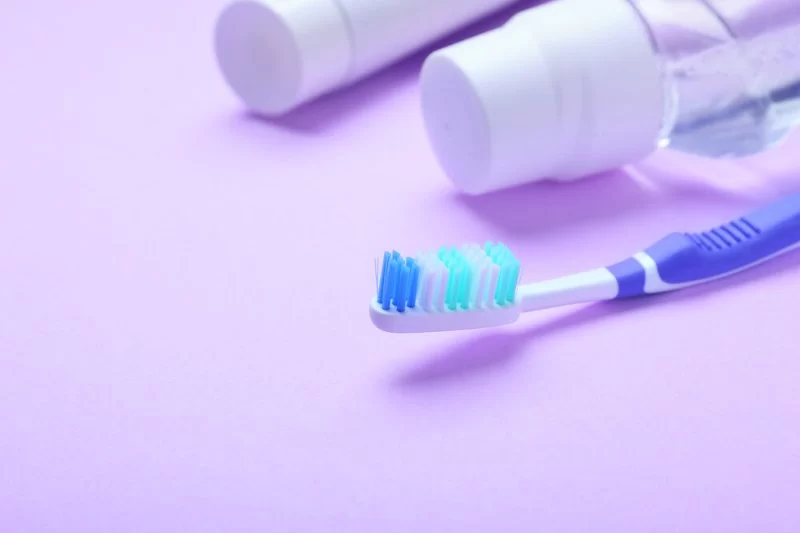
1. The Unique Approach to Oral Hygiene in Japan
Oral hygiene is an essential part of daily life in Japan, and the country has its own distinct set of practices that ensure dental health. While the basic principle of brushing teeth is universal, the sequence and techniques followed by the Japanese are unique and tailored to promote long-term dental health. This article explores the steps involved in the sequence of oral hygiene in Japan, providing insight into the practices that have been passed down for generations.
2. The Importance of Regular Oral Care in Japan
In Japan, oral hygiene is seen as a vital part of personal health. From a young age, Japanese children are taught the importance of maintaining healthy teeth and gums. Oral care is deeply integrated into the daily routine, with an emphasis on preventing dental problems before they arise. The focus on prevention has led to Japan having one of the lowest rates of tooth decay in the world.
Japanese people typically visit their dentist for regular check-ups every six months, and they are also encouraged to use products that help prevent gum disease and tooth cavities. The dental care habits in Japan are shaped by a strong cultural value placed on cleanliness, health, and discipline.
3. Steps in the Sequence of Oral Hygiene in Japan
3.1 Brushing with Care
The first and most important step in the Japanese oral hygiene sequence is proper brushing. Japanese people use a soft-bristled toothbrush to gently clean their teeth and gums. They are taught to use small, circular motions while brushing, which helps prevent gum damage and ensures a thorough cleaning of all areas of the mouth.
Japanese toothpaste is typically fluoride-based, with some varieties containing added ingredients like green tea extract for its antibacterial properties. The Japanese also take their time when brushing, ensuring that each tooth is cleaned thoroughly. It is common for people to brush their teeth for up to two minutes, making sure that the back teeth are also adequately cleaned.
3.2 Flossing and Interdental Brushes
While brushing is the primary method of cleaning, flossing and using interdental brushes are also an essential part of Japanese oral hygiene. Flossing is encouraged to remove food particles and plaque between the teeth, which brushing alone may miss. The use of interdental brushes, small brushes designed to clean between the teeth, is common in Japan, as they are effective in maintaining oral health and preventing gum disease.
Many Japanese people also use dental floss picks, which are compact and convenient for carrying around. These floss picks allow individuals to clean between their teeth even when they are on the go, ensuring that their oral hygiene routine stays consistent throughout the day.
3.3 Mouth Rinsing with Japanese Mouthwash
After brushing and flossing, rinsing with mouthwash is the next step in the oral hygiene sequence in Japan. Mouthwash is used to kill bacteria, freshen breath, and prevent the buildup of plaque. Japanese mouthwash often contains ingredients like menthol or green tea extract, which offer additional antibacterial benefits.
In Japan, the use of mouthwash is viewed as an important part of the routine, as it helps to remove bacteria and germs that brushing and flossing might leave behind. Some mouthwashes also contain fluoride, offering an extra layer of protection against cavities and tooth decay.
4. Cultural Significance of Oral Hygiene in Japan
Oral hygiene in Japan is more than just a practical concern – it is deeply tied to cultural values. In Japan, a clean mouth is considered a reflection of personal hygiene and respect for others. This cultural mindset encourages people to take care of their teeth and gums regularly and instills the importance of good dental habits at a young age.
The Japanese have a strong tradition of preventative health care, and this mindset extends to their oral hygiene practices. Dental care products in Japan are often sold with detailed instructions on how to use them for maximum benefit, ensuring that the public is educated on proper techniques and routines.
4.1 The Role of Regular Dental Checkups
In Japan, dental checkups are not only recommended but expected as part of a comprehensive health routine. Regular visits to the dentist help detect problems early on, preventing more serious issues from developing. This proactive approach to dental care is a key factor in the country's low rates of dental disease.
Children in Japan are taught to visit the dentist regularly, and even adults are encouraged to maintain good relationships with their dental care providers. In fact, it is not uncommon for Japanese workers to receive time off for routine dental checkups, underscoring the importance placed on oral health.
5. Popular Oral Hygiene Products in Japan
Japanese oral hygiene products are well-known for their innovation and quality. Many people use specialized toothpaste, mouthwash, and even tongue scrapers as part of their daily routines. Here are some of the most popular products that contribute to Japan's unique oral hygiene practices:
5.1 Tongue Scrapers
In addition to brushing, many Japanese people use a tongue scraper to remove bacteria and debris from the tongue. This helps prevent bad breath and maintains the overall cleanliness of the mouth. Tongue scraping is a common practice in Japan and is considered essential for optimal oral health.
5.2 Unique Toothpaste Flavors
Japanese toothpaste comes in a variety of unique flavors, such as green tea, mint, and even citrus. These flavors are designed to offer a refreshing and pleasant experience while brushing, making the routine feel more enjoyable. Many of these toothpastes are also formulated to address specific dental concerns, such as whitening, cavity prevention, and gum health.
6. Conclusion
The sequence of oral hygiene in Japan highlights a well-thought-out approach to maintaining dental health, with a focus on prevention and thorough care. By following a structured routine that includes brushing, flossing, mouth rinsing, and regular dental checkups, Japanese people ensure that their teeth and gums stay healthy and free from disease. The cultural emphasis on personal hygiene and preventative care sets a high standard for oral health that others around the world can learn from.
If you're looking for top-quality oral hygiene products, visit Family Dentistry Online for the best recommendations. Whether you're looking for toothpaste, mouthwash, or other dental care essentials, we have everything you need to achieve a healthy smile.

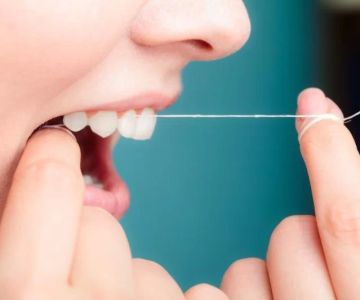
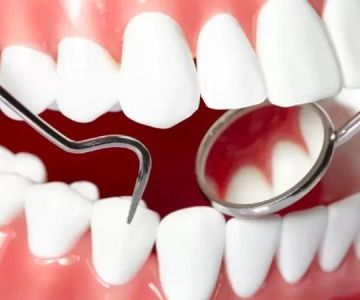

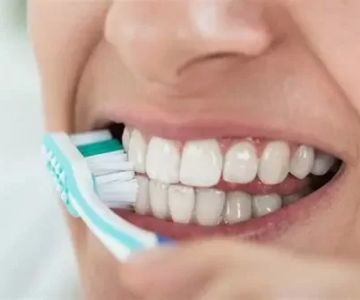
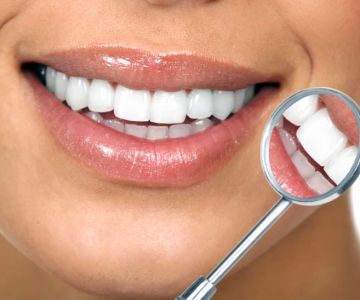

 Pinnacle Peak Orthodontics4.0 (8 review)
Pinnacle Peak Orthodontics4.0 (8 review)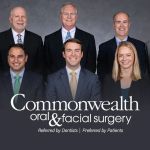 Commonwealth Oral & Facial Surgery4.0 (87 review)
Commonwealth Oral & Facial Surgery4.0 (87 review) Reflections Dental Care4.0 (231 review)
Reflections Dental Care4.0 (231 review) Town Square Dental & Orthodontics4.0 (311 review)
Town Square Dental & Orthodontics4.0 (311 review)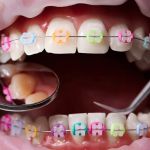 Kendrick Orthodontics4.0 (142 review)
Kendrick Orthodontics4.0 (142 review) Sage Dental of Acworth4.0 (20 review)
Sage Dental of Acworth4.0 (20 review) The Importance of Oral Health Education During Pregnancy for a Healthy Pregnancy
The Importance of Oral Health Education During Pregnancy for a Healthy Pregnancy Best Tips for Brushing Your Teeth Properly for Healthy Gums: Essential Techniques for Oral Health
Best Tips for Brushing Your Teeth Properly for Healthy Gums: Essential Techniques for Oral Health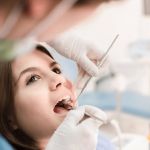 Why Skipping Dental Checkups Can Lead to Bigger Oral Health Problems
Why Skipping Dental Checkups Can Lead to Bigger Oral Health Problems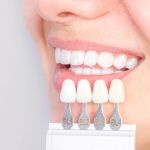 Advantages of Porcelain Dental Restorations
Advantages of Porcelain Dental Restorations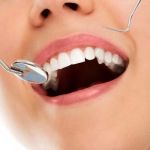 How Can Diabetes Cause Tooth and Gum Problems? Preventing and Managing Oral Health Issues
How Can Diabetes Cause Tooth and Gum Problems? Preventing and Managing Oral Health Issues Healthy Habits for Promoting Good Oral Health and Hygiene: Tips for a Healthy Smile
Healthy Habits for Promoting Good Oral Health and Hygiene: Tips for a Healthy Smile